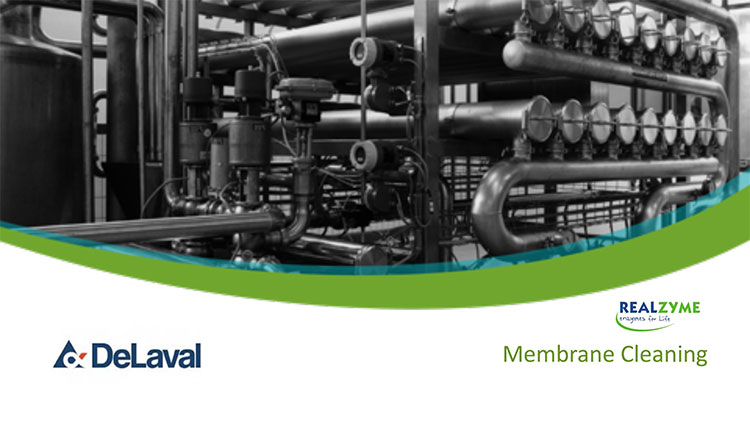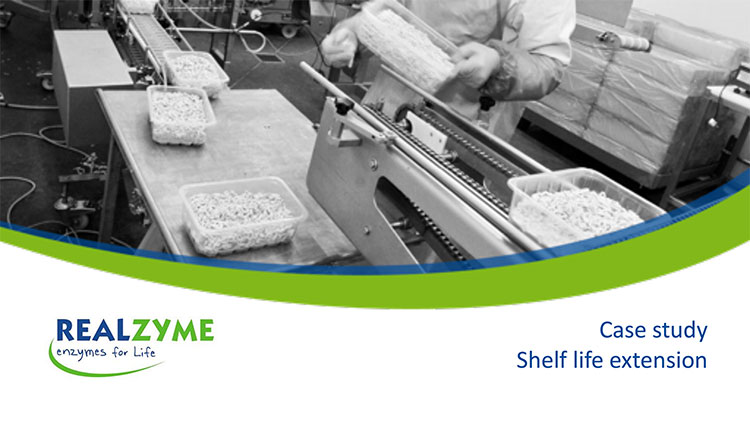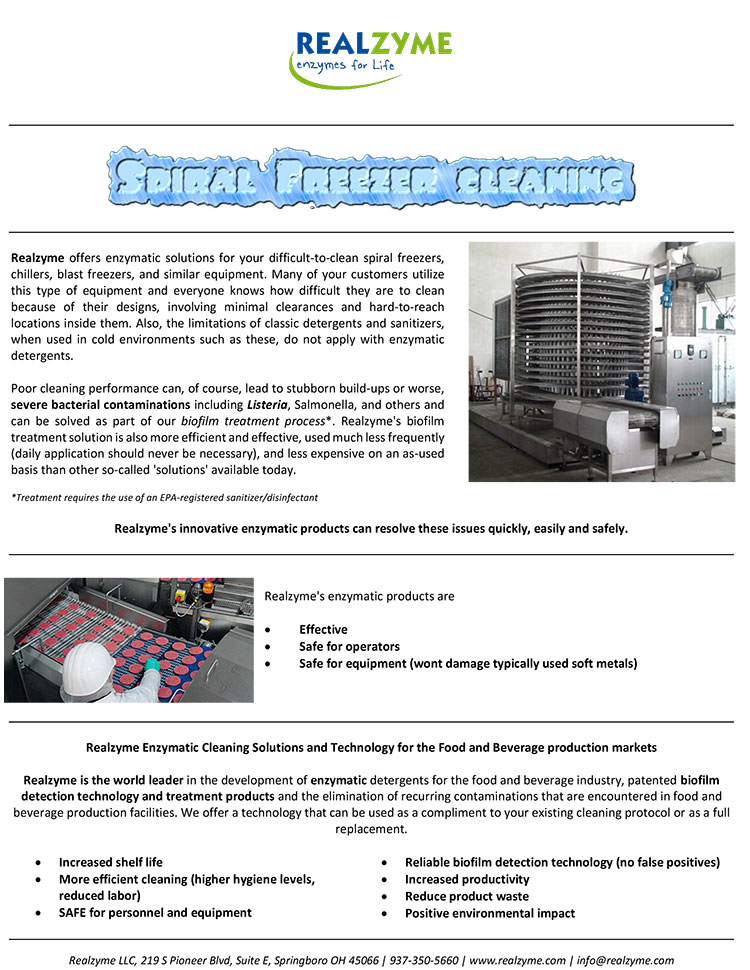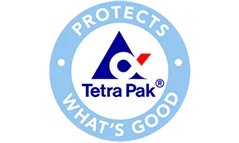A leading innovator in Enzyme cleaning technology, has partnered with DCS to support our customers with cutting edge technology that meets their sanitation needs! Realzyme technology centers on harnessing the power of enzymes, which are found in nature and present in all living organisms, though while produced by a living organism, enzymes are not alive. There are four (4) main types of enzymes:
Proteases
break down proteins such as meat, blood, eggs, milk proteins, and bacteria cell walls.
Amylases
break down starches such as potatoes, pasta, sugars (glucose, lactose), and grains.
Lipases
break down fats and oils.
Cellulases
break down cellulose (fiber) found in vegetables, fruits, crop waste, etc.
Enzymes can be used for general open plant and CIP cleaning.
Unlike sanitizers, they are not consumed in the cleaning process, and are particularly beneficial for aiding in biofilm removal, preventative treatment of biofilms, and applications on hard to treat areas or delicate equipment. Their efficacy is equal or even to performance of higher chemical formulations containing caustic soda or potash used in standard cleaning applications. Enzymes are not consumed during cleaning, in comparison with traditional chemicals, which deplete and neutralize over time. High efficiency of enzymatic activity in soil removal translates into cost savings (energy, water, chemical and time) as well as a positive environmental impact due to their biodegradable nature. Enzymes should not be used in combination with sanitizers and/or acids as their pH will deactivate any enzyme activity. They must be used separately, before or after, the application of the enzyme-based product. Enzymes work immediately, and hydrolysis action is instantaneous at the appropriate pH and temperature conditions.
Enzymatic detergents are neutral, non-corrosive and non-volatile so they present no particular risk to equipment.
As with any product in this class, we recommend that our customers follow elementary safety rules and observed precautions listed in the SDS. Enzymes used in detergents hydrolyze protein, fat, starch and fiber. The optimal temperature and pH conditions vary for each enzymatic formulation, though hover around 113ºF ±5 (45°C, ±5). Nevertheless, the enzymes are already beginning to be active at 50ºF (10°C) (cold water). The optimal pH range for enzyme use is 5.5 to 8. In a study comparing enzyme efficacy with an alkaline based cleaner, results showed that after (5) minutes of action, the enzymatic cleaner removed (3) times more dirt and continued to act in time while the alkaline cleaner saurated after (15) minutes. Enzymes can be deactivated by many external factors such as changes in pH, temperature, and water itself. Realzyme enzymes have been subjected to biodegradability studies following OECD 302B test standard, and average more than 95% degradability in 28 days. There are no enzyme-related environmental risks or issues with wastewater. Specifically, enzymes will lose their activity under the following scenarios:
Part of the Tetra Laval group
DeLaval is part of the Tetra Laval family alongside worldwide players in the food and packing industry, Tetra Pak and Sidel.







